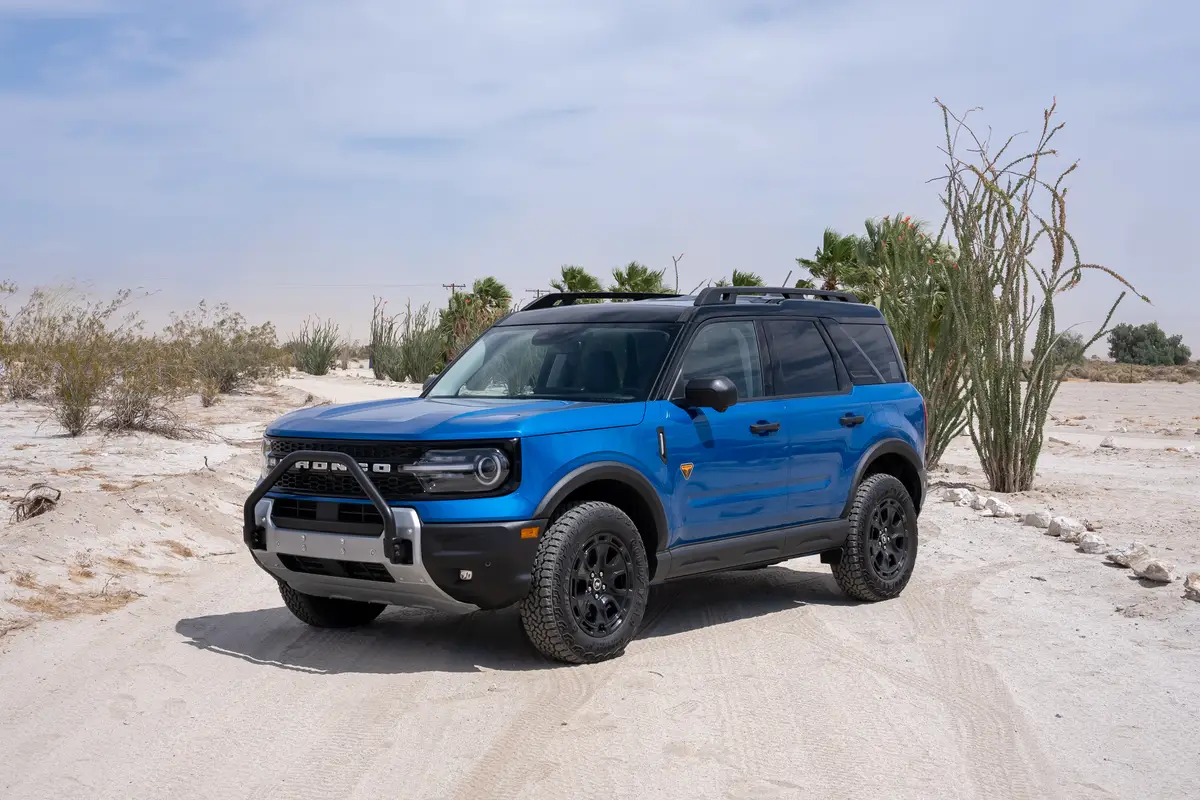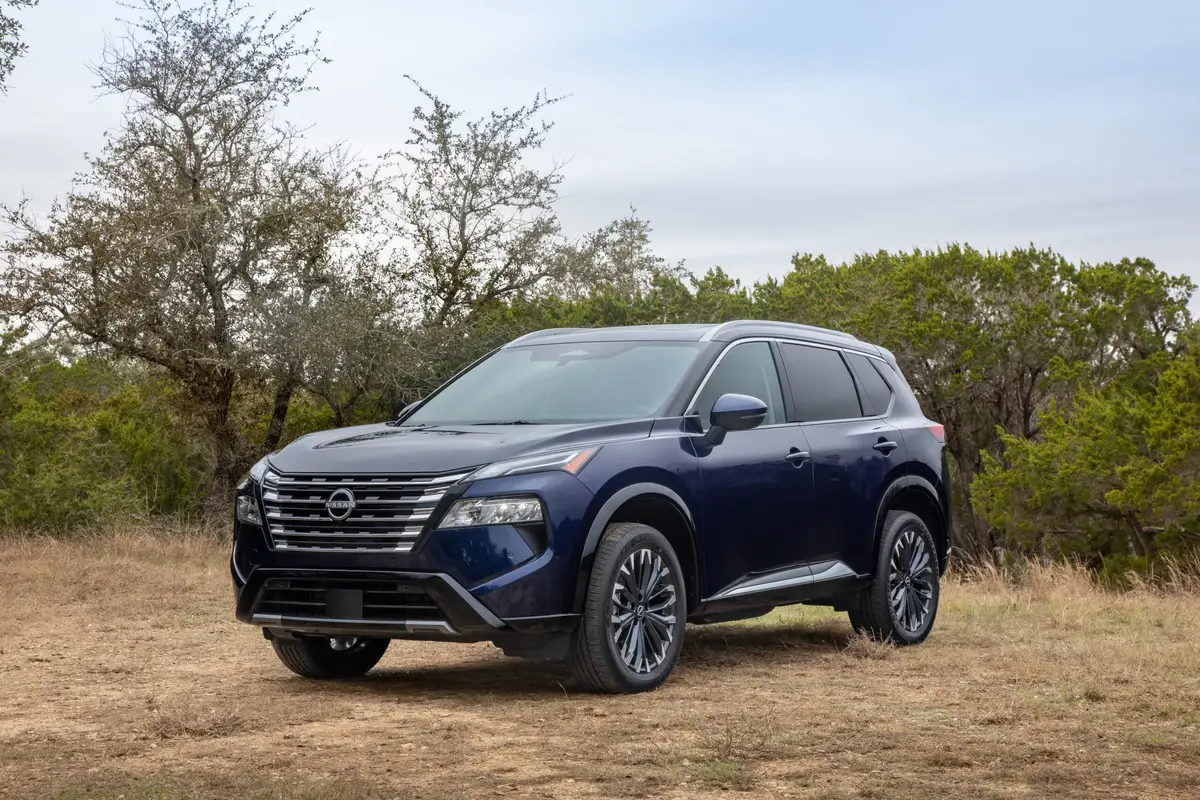Star-Telegram.com's view
For most of its tenure in the North American market, the Swedish automaker Volvo has been a symbol of upper-middle-class, middle-age, mom-and-family motoring.
Boxy, boring Volvo station wagons have long been favorites of busy mothers who needed a spacious vehicle to haul the kids and their friends and stuff to school and around town. Styling was never high on these buyers’ lists of attributes important in a car.
The brand’s great safety record has added to its image among educated, upscale consumers, especially those who buy these cars as their primary family vehicles. These are people who don’t believe in sparing any expense when it comes to keeping their kids safe.
Because of its image as a family car for the nearly rich, Volvo has never been more than a niche player in the U.S. auto market.
But Ford Motor Co., which bought Volvo in 1999, believes it can be more than that, even if it will never be a mass-market import brand such as Toyota and Honda.
To help broaden Volvo’s appeal, sportier models with less-boxy styling have been appearing in the past few years. Among these models are such cars as the C70 convertible and the entry-level S40 sedan, neither of which bears much resemblance to the Volvos of yesterday.
But the brand has yet to catch on with young, single or newly married professionals looking for their first premium-brand vehicle – especially one that fits their budgets and busy lifestyles.
Now, though, there is a Volvo just for them: the sporty 2008 C30 hatchback, which has compelling styling and an affordable starting price of $23,445 (including freight).
In hearing my twenty-something daughter talk about the C30 as though it’s just the thing for her and her hip crowd of young singles, I get the feeling that Volvo finally might have found the right formula to reach these consumers.
The C30 is not for me, but that’s OK. I’m one of those who have wholeheartedly embraced Volvo wagons, having owned two of them over the years. A two-door, coupelike compact Volvo with two pairs of bucket seats, front and rear, is not intended for my demographic.
But I could see myself liking it if I were single, didn’t have kids or grandkids to drive around, and didn’t mind dropping down into a low, tight, sports-car-like seat each time I got into my vehicle.
The C30 certainly doesn’t feel like any kind of a mom-mobile. With its 2.5-liter, turbocharged, 227-horsepower, inline five-cylinder engine, the car is quite fun to drive – even if you’re stuck with the five-speed automatic transmission that came in my test vehicle (a $1,250 option).
To accommodate those who want an even sportier (and more-economical) driving experience, the base transmission in the C30 is a six-speed manual.
With the manual, Volvo says the C30 can go from zero to 60 mph in about six seconds; with the automatic, it’s about 6.6 seconds.
The C30 has EPA mileage ratings of 20 miles per gallon city/28 highway with the manual transmission, and 19/27 with the automatic.
My only real complaint during my weeklong test, though, was the fuel economy. It was definitely on the low side of the EPA estimates, and I had to put more gas in the tank on the third day. The 15.9-gallon tank should have given me more range than that.
Available only with front-wheel drive, the C30 has quite decent roadhandling, with barely a hint of the torque steer that’s often associated with sporty front-drive cars. (Torque steer is the tendency of a front-drive vehicle to try to turn in the direction of the wheel that’s getting the power, and it can be quite annoying.)
The interior of the C30 is intended for young, nimble, lightweight folks who don’t mind bending and flexing a bit as they get into and out of their cars. Volvo’s literature on the C30 makes a point about how roomy it is inside, despite outward appearances, with enough space for up to four adults. But those forced to ride in the back seats have to climb in through the front.
Of course, I remember the days when college kids thought it was fun to see how many people could squeeze into a Volkswagen Beetle, so putting just two young people in the back of a Volvo C30 ought to be a breeze.
The C30 is 8.5 inches shorter than the S40 sedan, but has about the same interior space, Volvo says. It’s also 320 pounds lighter than the sedan.
The tall rear window pops open hatchback-style to reveal a 12.9 cubic-foot cargo area, which can be expanded to 20.2 cubic feet with the rear seats folded. My guess is that most owners will rarely have people in the back seat, but might often have sports equipment or other cargo of a busy lifestyle back there.
Another way the C30 has been designed to appeal to young buyers is in its long list of options and customization features.
Volvo says the C30 is the only one of its models “to offer total free will through its special Custom Build ordering process.”
The buyer pays $300 to “open the ordering process for a staggering array of options, accessories, exterior colors and interior combinations” that can be added to the C30, Volvo said. These options include 17 exterior and 12 interior color combinations, as well as trim touches such as aluminum sport pedals, wood interior trim, and bi-xenon headlights.
“With so many choices, it will be hard to find any two C30s that are exactly alike, especially when the laundry list of over 30 individual options is considered,” the company said.
Even at the base price, the C30 is well equipped, as would be expected of any premium brand. Power features abound, and there is even a decent base stereo system with 160 watts of power and an in-dash CD player.
As usual with Volvo, safety features abound. They include four-wheel antilock disc brakes, electronic stability control, traction control, front seat-mounted side air bags, side-curtain air bags for both rows, and a tire-pressure monitoring system.
Two versions of the C30 are available, the 1.0 and 2.0, and they are both powered by the 2.5-liter engine.
Our test car was the 2.0, whose base price is $26,445. Among the extras on the 2.0 model is an upgraded audio system with 650 watts of power, Dolby surround sound, 10 speakers, MP3/WMA playback, and an auxiliary jack for an iPod.
Extras on our car included the custom-build charge ($300); front fog lights ($295), metallic paint ($475), cruise control ($185); auto-dimming rearview mirror ($150); sport aluminum gearshift knob ($100); sport aluminum steering wheel ($150); and the automatic transmission.
Total sticker was $29,350, including freight and options.
2008 Volvo C30
The package: Three-door, four-passenger, five-cylinder, front-drive, premium compact hatchback.
Highlights: This is Volvo’s entry-level sport model aimed at young, single professionals, and is available with a large variety of custom-build options to allow the car to be highly personalized to the buyer’s tastes.
Negatives: Marginal fuel economy for a car this small and light.
Engine: 2.5-liter, turbocharged inline five-cylinder.
Power/torque: 227 HP./236 foot-pounds.
Transmissions: Six-speed manual; five-speed automatic (optional).
Length: 167.4 inches.
Curb weight: 3,201 pounds.
Brakes, front/rear: Disc/disc, antilock.
Electronic stability control: Standard.
Side air bags: Front seat-mounted; side curtain, both rows.
Cargo capacity: 12.9 cubic feet.
Fuel capacity/type: 15.9 gallons/unleaded regular.
EPA fuel economy: 19 city/27 highway (automatic); 20/28 (manual).
Major competitors: Audi A3, Mazda MazdaSpeed 3, Volkswagen GTI.
Base prices: $22,700 (1.0); $25,700 (2.0), plus $745 freight.
Price as tested: $29,350 (including freight and options, 2.0).
On the Road rating: 7.9 (of a possible 10).
The automotive columns of G. Chambers Williams III have appeared regularly in the Star-Telegram since 1995. Contact him at chambers@star-telegram.com.
Latest news


10 Biggest News Stories of the Week: Nissan Rogue Does Best; Hyundai Palisade, Subaru Outback FTW

